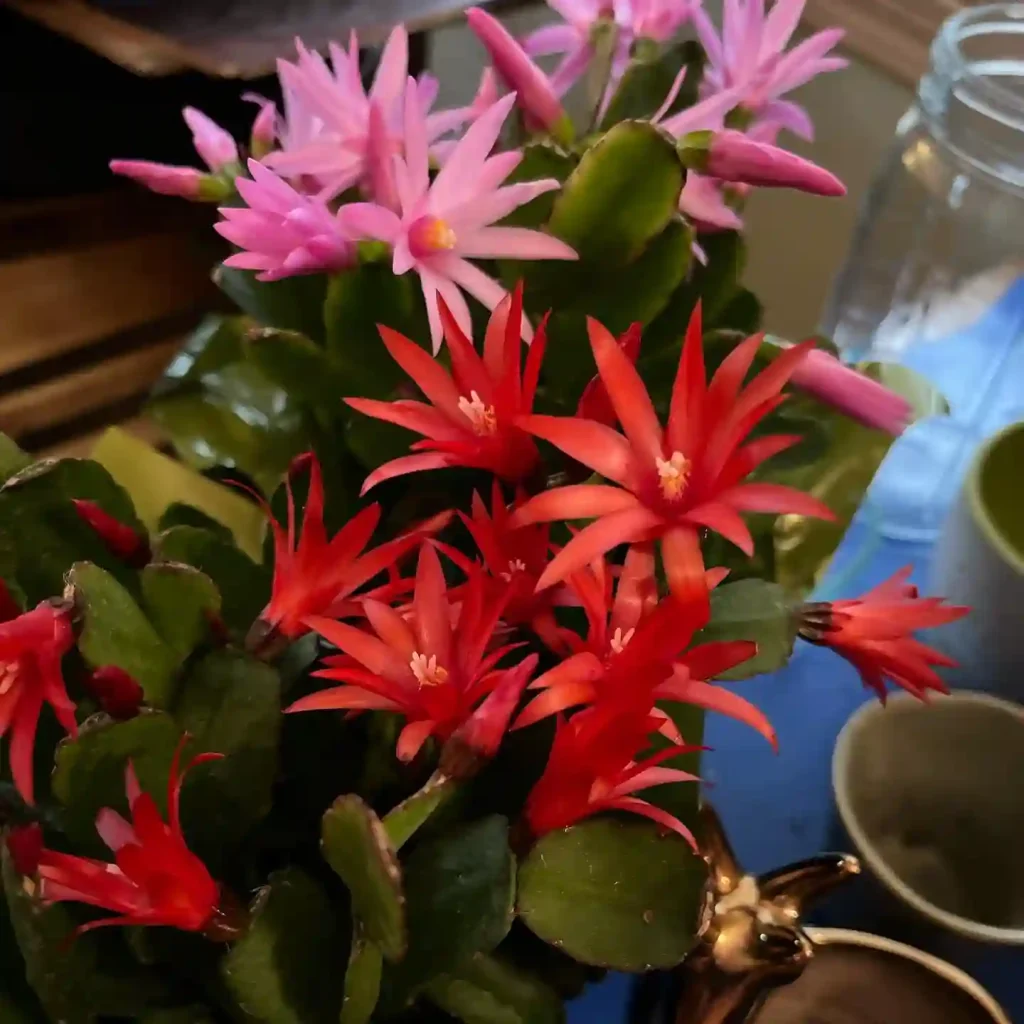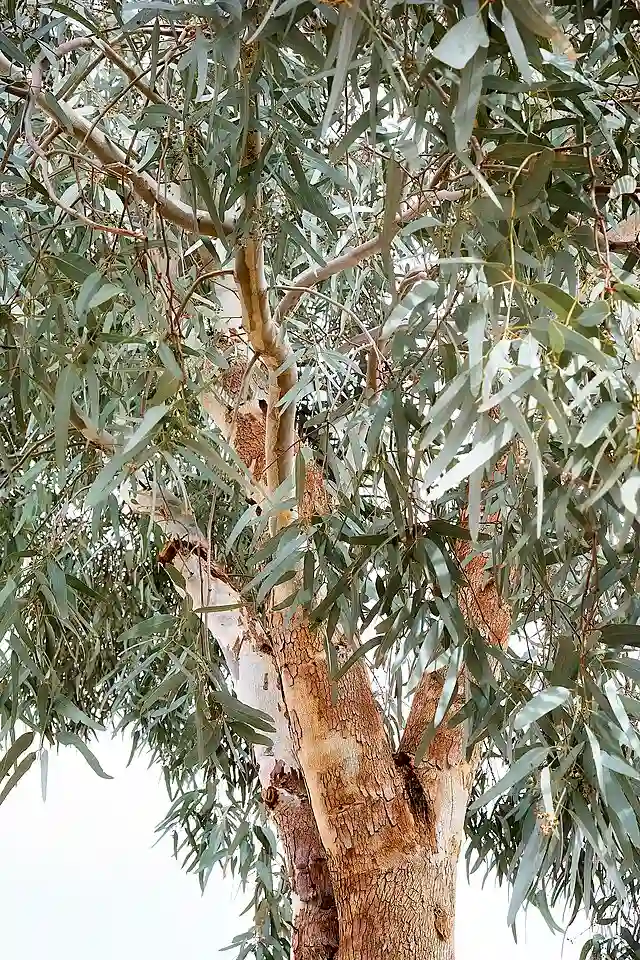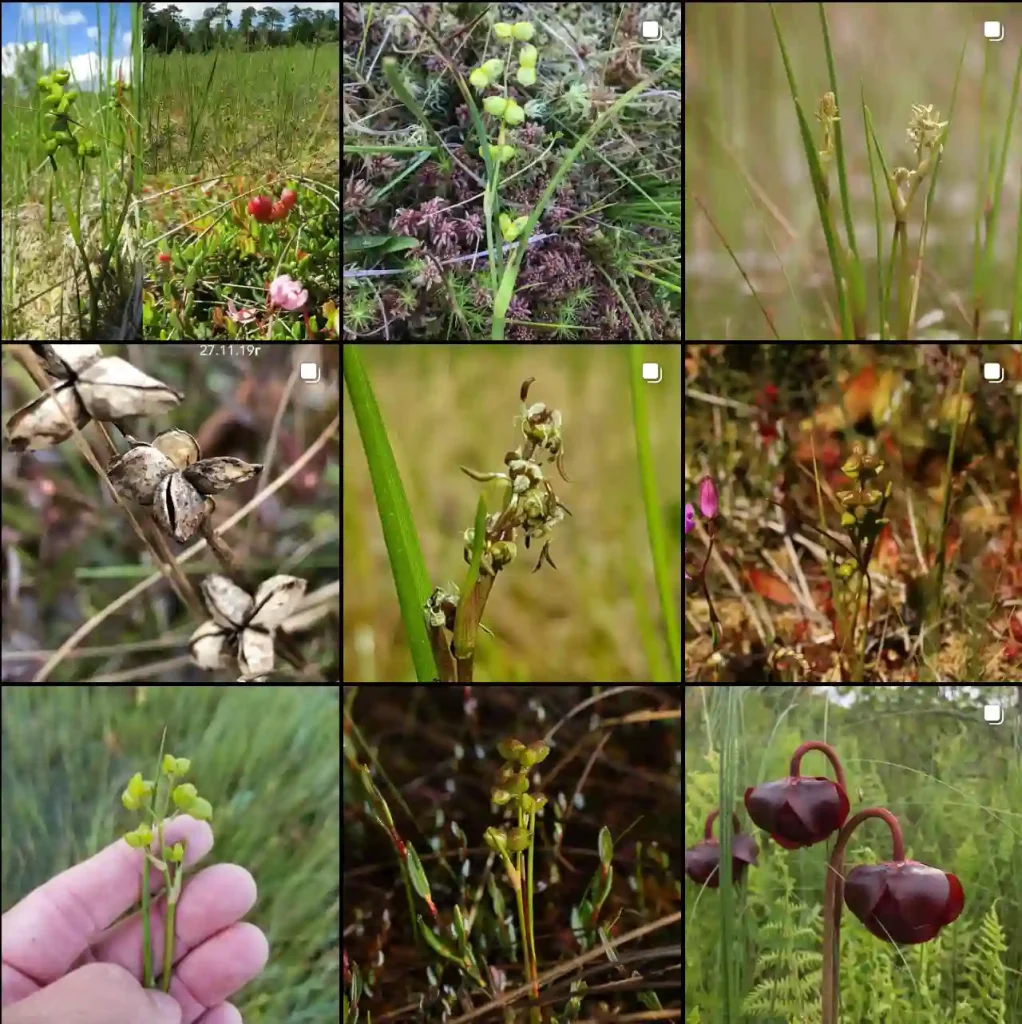My Fascination with Othonna
I’ve always been drawn to the unique and the unusual, especially when it comes to the natural world. So, it’s no surprise that I, Ferb Vu, find myself captivated by the genus Othonna. These plants, with their intriguing forms and adaptations, are a testament to the diversity and resilience of life, particularly in the challenging environments of southern Africa.
Othonna belongs to the Asteraceae family, more commonly known as the daisy or sunflower family. But unlike the cheerful, familiar daisies, Othonna species often display a succulent nature, their leaves and stems swollen and adapted to store water. This allows them to thrive in arid regions, rocky outcrops, and even on cliff faces.
Diverse Forms and Adaptations
What truly fascinates me about Othonna is the sheer variety within the genus. Some species, like Othonna arborescens, stand tall as shrubs, their thick, fleshy leaves clustered on woody branches. Then there are the caudiciform species, like Othonna retrorsa, which develop a swollen, tuberous base – a caudex – that serves as a water reservoir and gives the plant a distinctive, almost bonsai-like appearance.
This diversity extends to their flowers as well. While most Othonna species produce yellow, daisy-like blooms, there are exceptions. Othonna euphorbioides, for example, has small, inconspicuous flowers, while Othonna lobata boasts vibrant purple blooms.
A Closer Look at Some Species
The genus Othonna encompasses a wide array of species, each with its own unique characteristics. Here are:
- Othonna arborescens L.
- Othonna arbuscula (Thunb.) Sch.Bip.
- Othonna armiana van Jaarsv.
- Othonna auriculifolia Licht. ex Less.
- Othonna brandbergensis B.Nord.
- Othonna bulbosa L.
- Othonna burttii B.Nord.
- Othonna cacalioides L.f. – Plant FAQs: Othonna Cacalioides
- Othonna cakilefolia DC.
- Othonna cerarioides Magoswana & J.C.Manning
- Othonna ciliata L.f.
- Othonna coronopifolia L.
- Othonna cremnophila B.Nord. & van Jaarsv.
- Othonna cuneata DC.
- Othonna cyclophylla Merxm.
- Othonna daucifolia J.C.Manning & Goldblatt
- Othonna dentata L.
- Othonna digitata L.f.
- Othonna eriocarpa (DC.) Sch.Bip.
- Othonna euphorbioides Hutch.
- Othonna frutescens L.
- Othonna furcata (Lindl.) Druce
- Othonna globosa Koek.
- Othonna graveolens O.Hoffm.
- Othonna gymnodiscus (DC.) Sch.Bip.
- Othonna hallii B.Nord.
- Othonna haumannii van Jaarsv. & A.le Roux
- Othonna hederifolia B.Nord.
- Othonna herrei Pillans
- Othonna heterophylla L.f.
- Othonna huillensis Welw. ex Hiern
- Othonna humilis Schltr.
- Othonna intermedia Compton
- Othonna lasiocarpa (DC.) Sch.Bip.
- Othonna lepidocaulis Schltr.
- Othonna leptodactyla Harv.
- Othonna lilacina Magoswana & J.C.Manning
- Othonna linearifolia (DC.) Sch.Bip.
- Othonna lobata Schltr.
- Othonna lyrata DC.
- Othonna macrophylla DC.
- Othonna macrosperma DC.
- Othonna membranifolia DC.
- Othonna mucronata Harv.
- Othonna multicaulis Harv.
- Othonna natalensis Sch.Bip.
- Othonna nigromontana Magoswana & J.C.Manning
- Othonna obtusiloba Harv.
- Othonna oleracea Compton
- Othonna osteospermoides DC.
- Othonna othonnites Druce
- Othonna pachypoda Hutch.
- Othonna parviflora L.
- Othonna pavelkae Lavranos
- Othonna pavonia E.Mey. ex DC.
- Othonna perfoliata (L.f.) Jacq.
- Othonna petiolaris DC.
- Othonna pinnata L.f.
- Othonna pluridentata DC.
- Othonna primulina DC.
- Othonna pteronioides Harv.
- Othonna pumilio Koek.
- Othonna purpurascens Harv.
- Othonna quercifolia DC.
- Othonna quinquedentata Thunb.
- Othonna quinqueradiata DC.
- Othonna ramulosa DC.
- Othonna retrofracta Jacq.
- Othonna retrorsa DC.
- Othonna revoluta Magoswana & J.C.Manning
- Othonna rosea Harv.
- Othonna rotundiloba DC.
- Othonna rufibarbis Harv.
- Othonna sinuata Magoswana & J.C.Manning
- Othonna spinescens DC.
- Othonna stenophylla Levyns
- Othonna taraxacoides (DC.) Sch.Bip.
- Othonna tephrosioides Sond.
- Othonna trinervia DC.
- Othonna triplinervia DC.
- Othonna umbelliformis DC.
- Othonna undulosa (DC.) J.C.Manning & Goldblatt
- Othonna viminea E.Mey. ex DC.
- Othonna wrinkleana Lavranos
- Othonna zeyheri Sond. ex Harv.
Conservation Concerns
While I admire the resilience of Othonna, it’s important to acknowledge the threats these plants face in their natural habitats. Habitat loss due to agriculture and urbanization is a significant concern. Over-collection for the horticultural trade also poses a risk to some species. It’s crucial to support sustainable practices and responsible sourcing when acquiring Othonna plants for cultivation.
Continuing the Exploration
My journey with Othonna is far from over. I am eager to learn more about their unique adaptations, explore the lesser-known species, and contribute to their conservation. These remarkable plants have captured my imagination, and I look forward to sharing my passion with others.
In the world of succulents, Othonna stands out as a testament to the beauty and resilience of life. These plants, with their diverse forms and fascinating adaptations, continue to inspire and intrigue me. I invite you to join me in appreciating the wonder of Othonna and to support the conservation of these botanical treasures.
If i die, water my plants!



